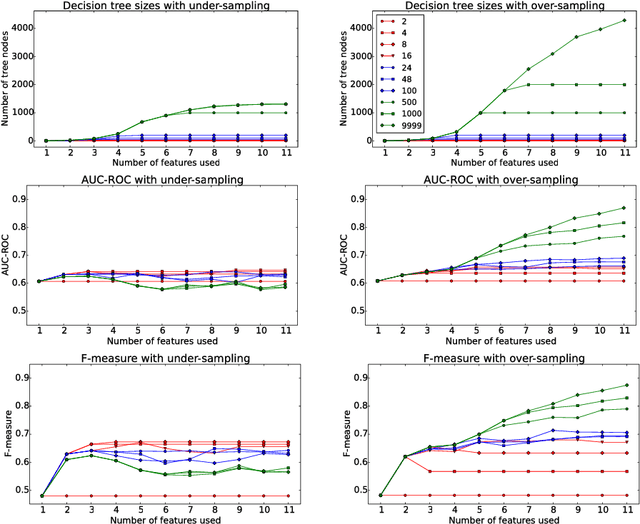A Decision Tree Approach to Predicting Recidivism in Domestic Violence
Paper and Code
Mar 27, 2018



Domestic violence (DV) is a global social and public health issue that is highly gendered. Being able to accurately predict DV recidivism, i.e., re-offending of a previously convicted offender, can speed up and improve risk assessment procedures for police and front-line agencies, better protect victims of DV, and potentially prevent future re-occurrences of DV. Previous work in DV recidivism has employed different classification techniques, including decision tree (DT) induction and logistic regression, where the main focus was on achieving high prediction accuracy. As a result, even the diagrams of trained DTs were often too difficult to interpret due to their size and complexity, making decision-making challenging. Given there is often a trade-off between model accuracy and interpretability, in this work our aim is to employ DT induction to obtain both interpretable trees as well as high prediction accuracy. Specifically, we implement and evaluate different approaches to deal with class imbalance as well as feature selection. Compared to previous work in DV recidivism prediction that employed logistic regression, our approach can achieve comparable area under the ROC curve results by using only 3 of 11 available features and generating understandable decision trees that contain only 4 leaf nodes.
 Add to Chrome
Add to Chrome Add to Firefox
Add to Firefox Add to Edge
Add to Edge